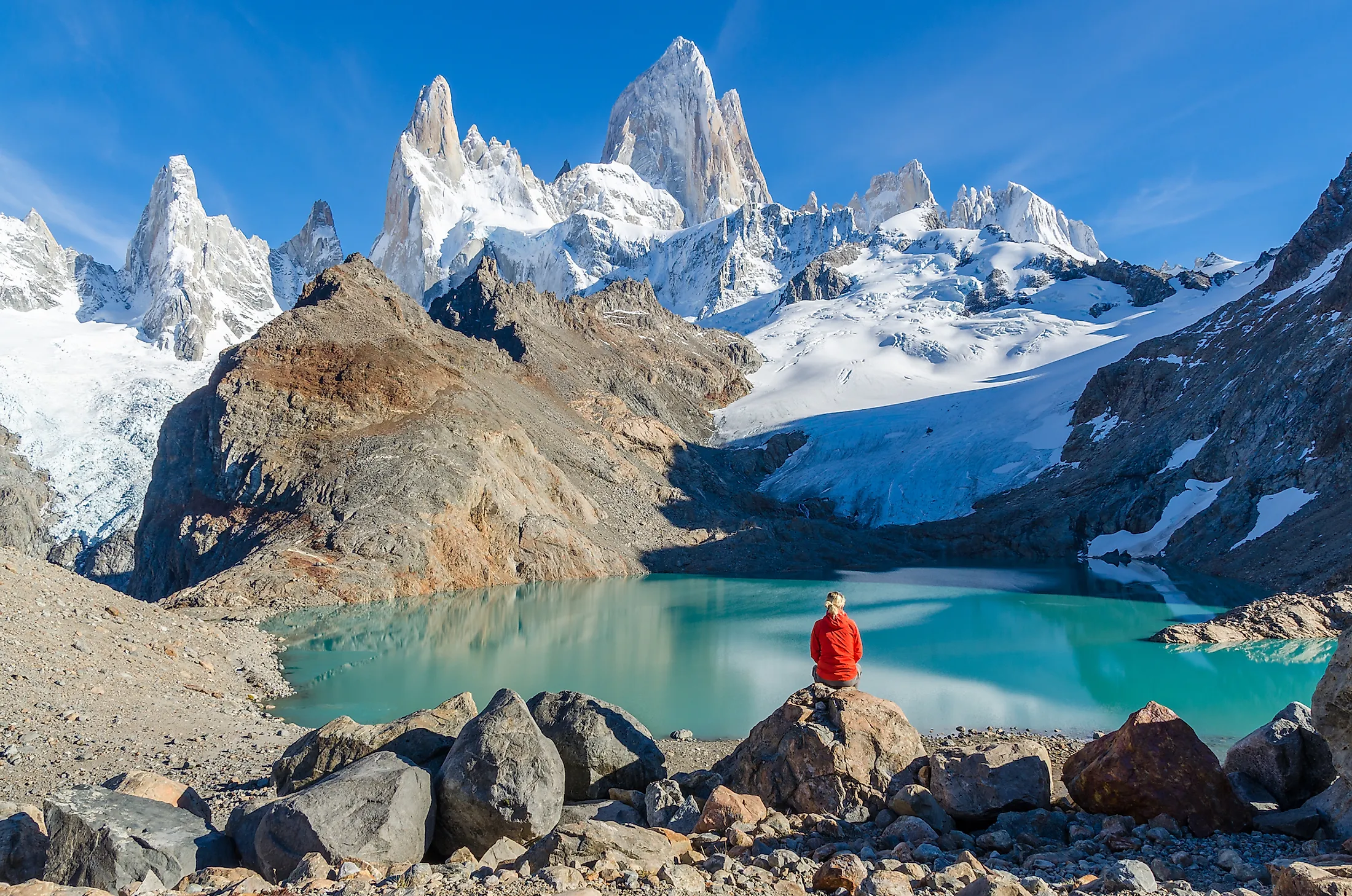
Andes Mountains
Also referred to as “Cordillera de los Andes” in Spanish, the Andes Mountains is the world’s longest mountain range that stretches for more than 6,999km along the western margin of the South American continent. The Andes Mountains have an average height of 4,000m and a maximum width of 200 to 700km, and are considered as the highest mountain range that is situated outside the continent of Asia. This long mountain range extends from the north to south direction straddling the seven South American nations of Argentina, Bolivia, Colombia, Chile, Ecuador, Peru, and Venezuela. The Andes Mountains also form a part of the American Cordillera, which is a continuous series of mountain ranges that stretches across a major part of North, Central and South Americas.
Geography Of The Andes Mountains
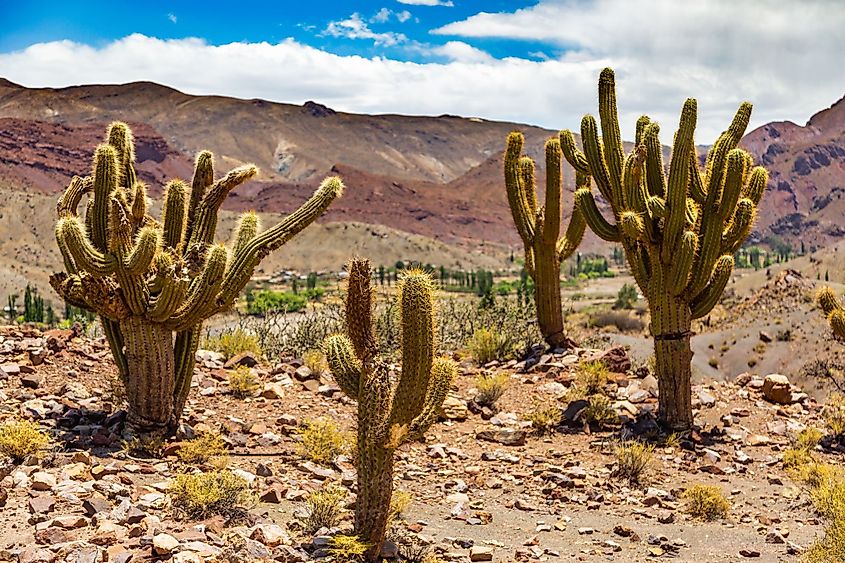
Throughout their length, the Andes Mountains are divided into many ranges by intervening depressions. Numerous high plateaus are located in the Andes Mountain Range and some of these plateaus host important South American cities such as Arequipa, Bucaramanga, Bogota, Cali, Merida, Sucre, La Paz, Quito, etc. The Andes Mountains are further divided into three parts: the Northern Andes, the Central Andes, and the Southern Andes. Located in the Central Andes is the 3,750m high Altiplano Plateau, which is considered as the world’s second-highest plateau after the 4,500m high Tibetan Plateau.
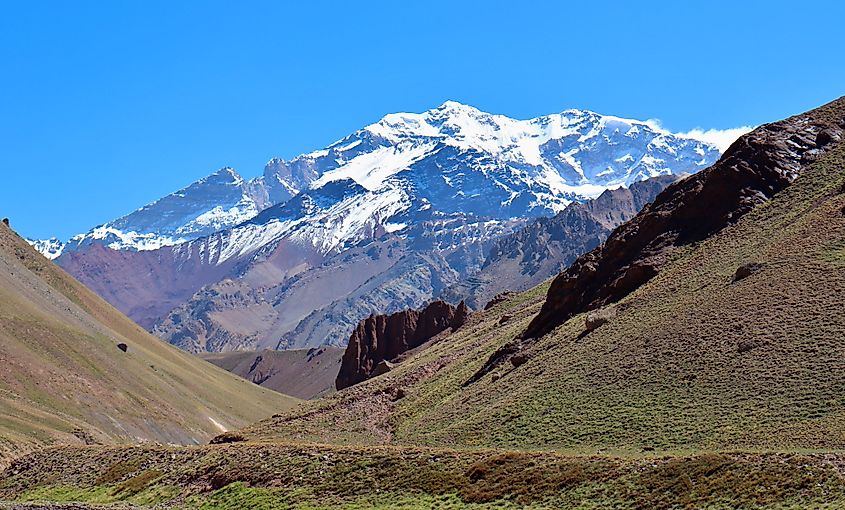
Based on the climate, the Andes Mountain Range is further subdivided into three groups: the Dry Andes, the Tropical Andes, and the Wet Andes. The Dry Andes runs through the countries of Chile, Bolivia, and the northwestern part of Argentina; the Tropical Andes through the countries of Bolivia, Colombia, Ecuador, Peru, and Venezuela; and the Wet Andes through the countries of Argentina and Chile. Situated along the boundary between Argentina and Chile, and forming a part of the Principal Cordillera of the Southern Andes Mountains is, Mount Aconcagua - which rises to an elevation of 6,961m and is considered as the tallest mountain in both the Western and Southern hemispheres. Also located in the Andes Mountain Range, on the border between the Argentine Catamarca Province and the Chilean Copiapo Province, is the 6,893m high Nevado Ojos del Salado, which is considered as the world’s highest active stratovolcano, Chile’s highest mountain, and second-highest mountain in the Southern and Western hemispheres. Some of the other notable Andean Peaks include Monte Pissis, Mount Huascaran, Cerro Bonete, Nevado Tres Cruces, Mount Llullaillaco, Cerro Mercedario, Mount Incahuasi, Mount Chimborazo etc.
Geology
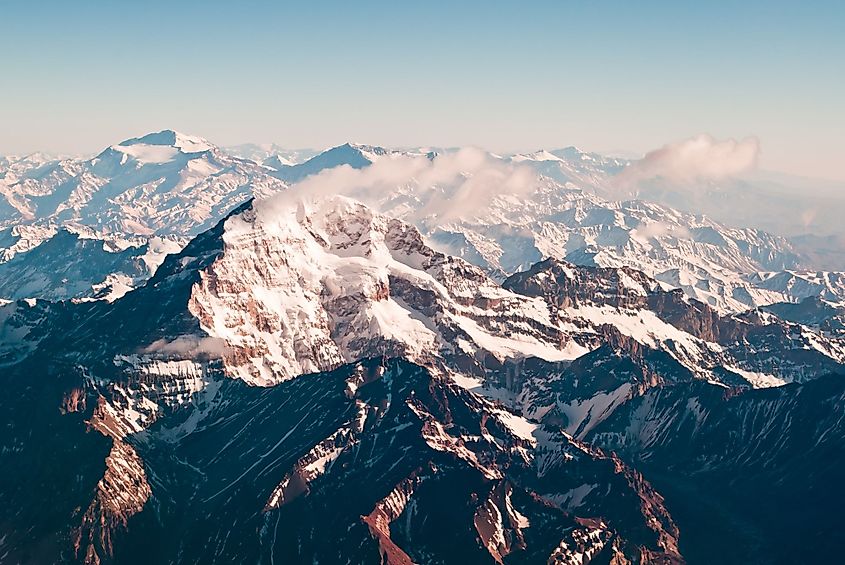
It is believed that the Andes Mountain system formed due to the movement of tectonic plates that began during the Mesozoic Era and the Tertiary Period. The Andes are situated along the Pacific Ring of Fire, which is considered one of the earth’s most volcanically active regions. Geological studies have revealed that the convergence of the Nazca Plate and the South American Plate started the mountain-building activity that eventually led to the formation of the Andes Mountain Range. The Andes is bounded by many sedimentary basins including the Amazon Basin, Orinoco Basin, etc in the east; the Patagonia Terrane in the south, and the Pacific Ocean in the west. Also forming the western boundary of the Andes is the Peru-Chile Trench . The Andes Mountains area is also home to huge deposits of valuable metals and minerals including copper, coal, iron ore, gold, silver, etc. Geologists believe that the subduction of the Nazca Plate and a portion of the Antarctic Plate under the South American Plate is the cause of the earthquakes and volcanic activities that are continuing in the region even today.
Climate
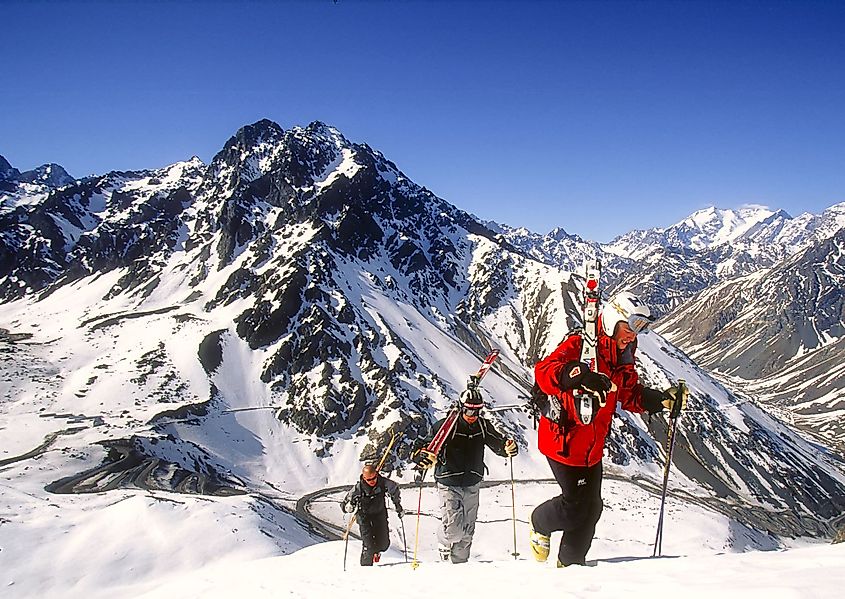
The climate in the Andes Mountains varies greatly depending upon a host of conditions including its geographical location, proximity to the sea, and altitudinal variations. The Andes Mountain Range also forms a massive climatic barrier between the Pacific Ocean and the South American continent and therefore has a major impact on the climate of the entire region. The northern part of the Andes has a warm and wet climate, while the southern part experiences a comparatively cooler but wet climate. The western side of the Central Andes is very dry and includes the Atacama Desert, while the eastern plains of Argentina, which is located in the mountain’s rain-shadow area also have extremely drier weather.
Flora And Fauna Of The Andes Mountains
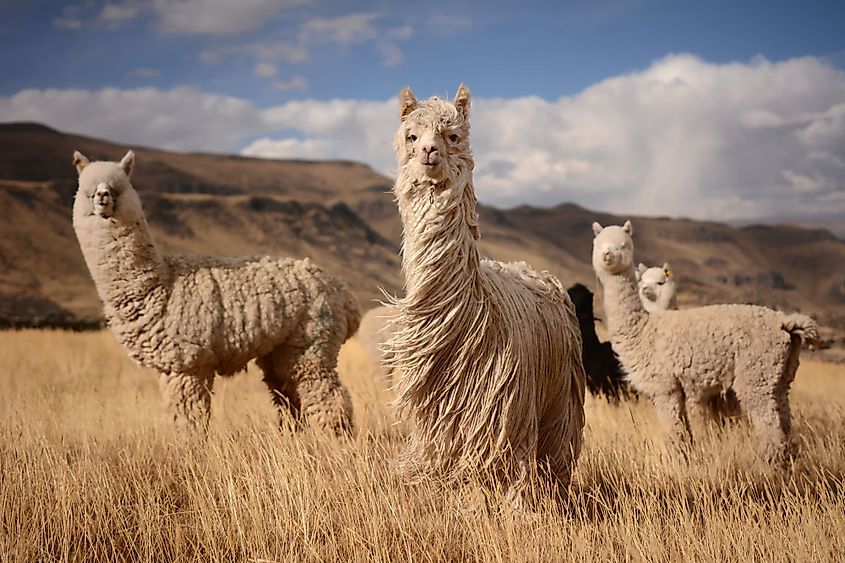
The Andes Mountains cut through many floristic and natural areas as it stretches from Caribbean Venezuela to Cape Horn. More than 30,000 vascular plant species are found in the region, with half of them endemic to the Andes Mountains. The small medicinal plant Cinchona pubescens, which is known for its high quinine content is widely found in the Andean region. The Andean states of Bolivia, Chile, Colombia, Ecuador, and Peru are dominated by high-altitude woodlands and Polylepis forests. The Andean region has a rich faunal wealth. With over 1,000 species of amphibians, of which two-third are endemic to the region, the Andes Mountains are the most crucial areas for amphibians on the planet. In addition to this, about 400 species of fish, 600 species of reptiles, 600 species of mammals, and 1,700 species of birds are found in the Andes. It is estimated that approximately more than two-thirds of all the Andean species are endemic to the region. Some of the notable mammals that are found here include vicuna, guanaco, chinchillas, yellow-tailed woolly monkey, spectacled bear, mountain tapir, South American foxes, etc. Some of the significant avian species that are found here include the Andean condor, Andean goose, mountain toucans, Andean flicker, sierra-finches, quetzals, royal cinclodes, etc.
Brief History Of The Andes Mountains
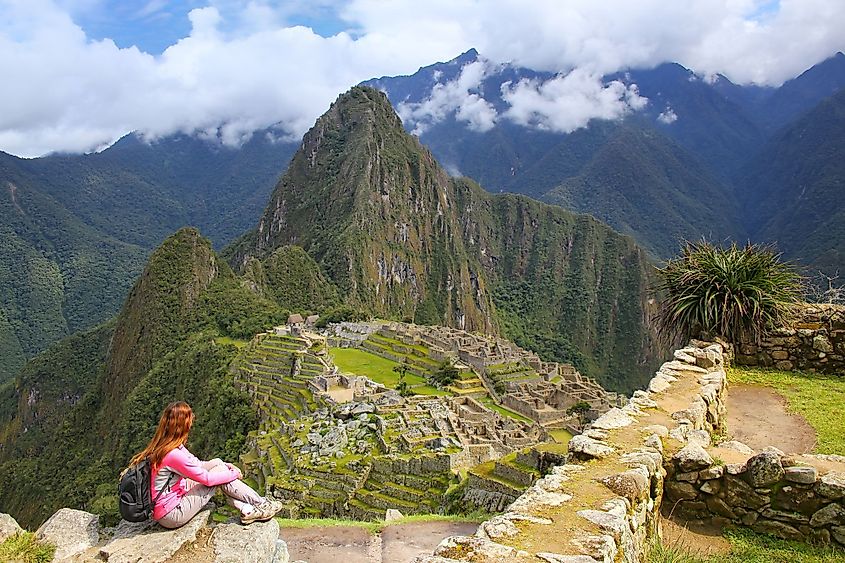
Although the oldest human remains found in the Andean region is only about 10,000 to 12,000 years old, it is believed that the region was inhabited since ancient times. The Inca Civilization began in the highlands of Peru at the beginning of the 13th century and spread throughout the Andean region in the 1400s. The Incas constructed several roads and aqueducts throughout the mountain range. The Inca people also constructed spectacular sites including the ancient Inca citadel of Machu Picchu and the capital city of Cuzco. In the 1530s, the Spanish conquistadors came to the region in search of gold, and eventually, the Andes became well known for their rich mineral wealth during the Spanish colonial rule. In 1532, the Inca Empire was destroyed by civil war and exposure to European diseases. The remaining indigenous Andean families are those that speak the Aymara and Quechua languages and at present form a major part of Bolivia’s population. It is believed that the name “Andes” has been derived from the Quechua word ‘anti’ which means ‘east’. The Andes Mountains currently serve as one of the most popular tourist destinations and offer many recreational activities like camping, hiking, and mountaineering. On January 14, 1897, a Swiss mountaineer named Matthias Zurbrigen became the first person to climb the summit of Mount Aconcagua.
Ten Highest Peaks
| Peak Name | Height in Meteres | Height in Feet |
| Aconcagua | 6,961 | 22,838 |
| Ojos del Salado | 6,893 | 22,614 |
| Pissis | 6,795 | 22,293 |
| Huascarán | 6,768 | 22,205 |
| Cerro Bonete | 6,759 | 22,175 |
| Nevado Tres Cruces | 6,749 | 22,142 |
| Llullaillaco | 6,739 | 22,110 |
| Mercedario | 6,720 | 22,047 |
| Yerupaja | 6,635 | 21,768 |
| Icahuasi | 6,620 | 21,719 |











